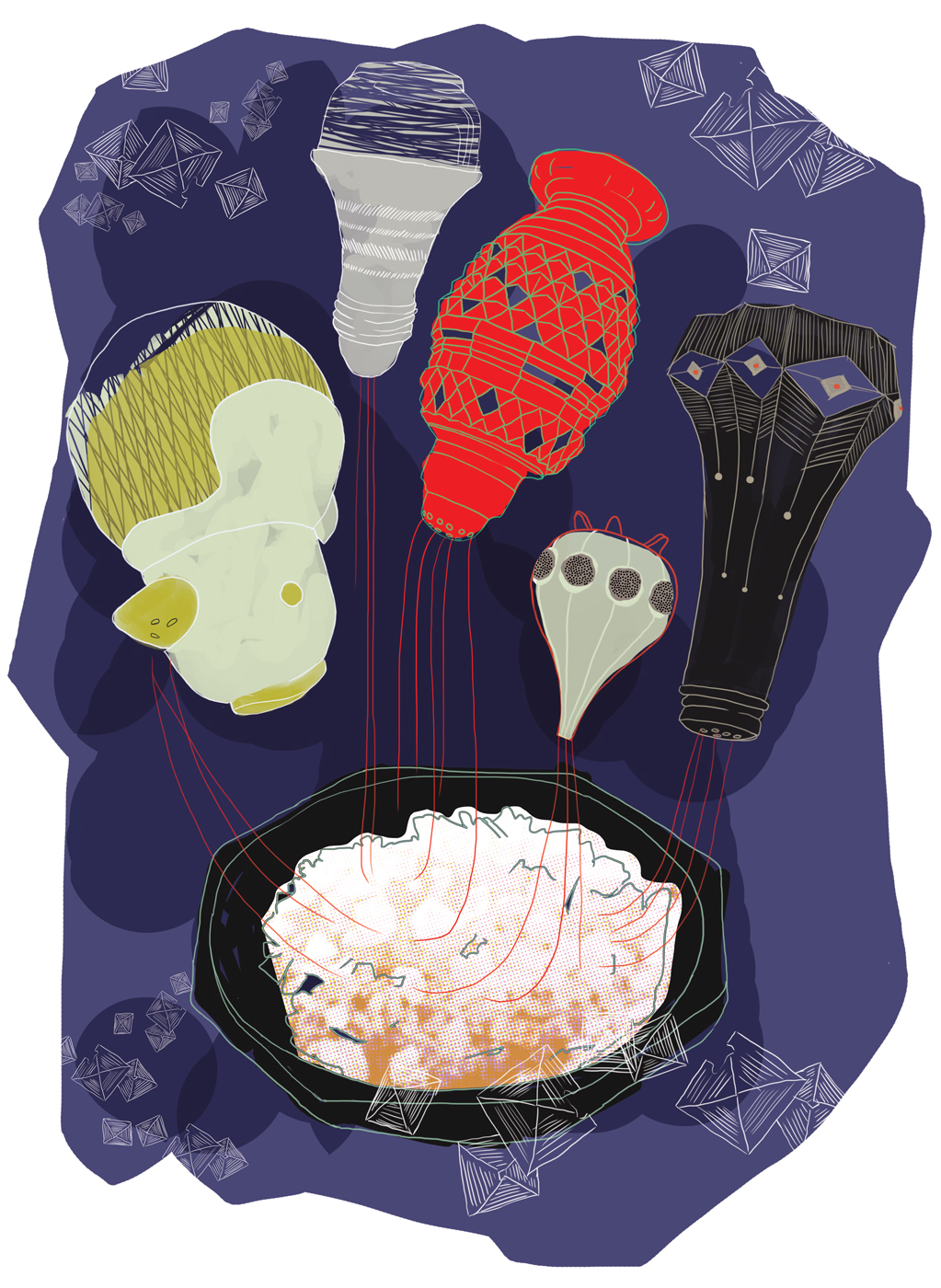Nowadays, any mention of salt is often met with a warning. Our diets have become so heavily laden with sodium chloride that many people try to avoid it. But this wasn’t always the case.
Salt has a long history in global cultures as not only something that was desired for its healthful minerals and its ability to preserve food, but, for many years, it was literally worth its weight in gold. Moorish merchants traded it as currency as early as the sixth century and the word “salary” is derived from the Latin word salarium, which refers to ancient payments made in salt.
As machinery began to replace the old methods of extracting salt, many of the minerals that make salt so important were stripped away.
But that doesn’t mean all salt has lost its value. “Artisanal salts are hand-harvested and, since they aren’t processed as much, they maintain their nutrients, and only a small amount is needed,” says Virginia Marion of the Salt Cellar, just outside of Cremona, Alta. “So, you’re less likely to use too much of it, as long as you do your own salting and avoid pre-packaged foods.”
She sells many salts from different parts of the world – sel gris from France, pink salt from the Himalayan mountains and Murray River sea salt from Australia, to name a few.
Evoolution in Edmonton carries two salts from Hawaii – Alaea, that has a burnt orange colour due to the volcanic clay that leaves traces of iron oxide, and Hiwa Kai, which is black, since the sea salt was combined with activated charcoal from lava. Flavour-wise, Alaea has a sweeter finish, making it ideal for the traditional kalua pig, while the more savoury, nutty taste of the Hiwa Kai is often used as a finishing salt.
The textures created when harvesting sea salts make for more than just a visually interesting product, according to Curtis Savage, co-owner of Evoolution. Different textures work better for different types of dishes. Flake salts dissolve more evenly, making them ideal for baking. Coarser salts, like the Himalayan, are more appropriate for sprinkling on a dish to add flavour.
